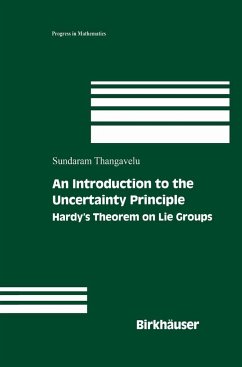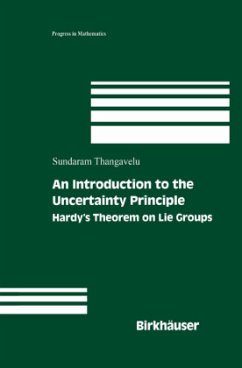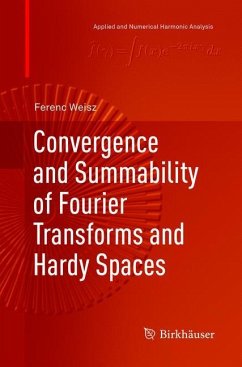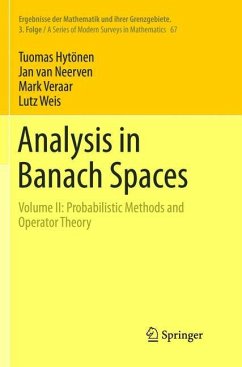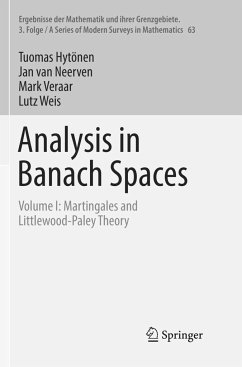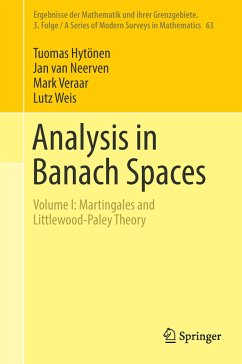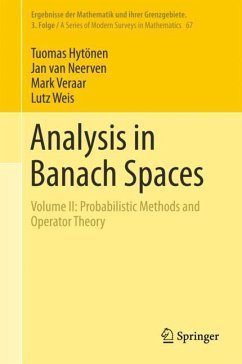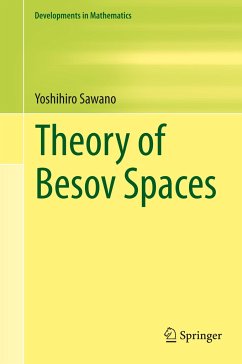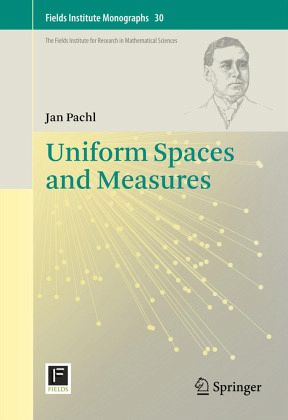
Uniform Spaces and Measures
Versandkostenfrei!
Versandfertig in 6-10 Tagen
76,99 €
inkl. MwSt.
Weitere Ausgaben:

PAYBACK Punkte
38 °P sammeln!
This book addresses the need for an accessible comprehensive exposition of the theory of uniform measures; the need that became more critical when recently uniform measures reemerged in new results in abstract harmonic analysis. Until now, results about uniform measures have been scattered through many papers written by a number of authors, some unpublished, written using a variety of definitions and notations. Uniform measures are certain functionals on the space of bounded uniformly continuous functions on a uniform space. They are a common generalization of several classes of measures and m...
This book addresses the need for an accessible comprehensive exposition of the theory of uniform measures; the need that became more critical when recently uniform measures reemerged in new results in abstract harmonic analysis. Until now, results about uniform measures have been scattered through many papers written by a number of authors, some unpublished, written using a variety of definitions and notations. Uniform measures are certain functionals on the space of bounded uniformly continuous functions on a uniform space. They are a common generalization of several classes of measures and measure-like functionals studied in abstract and topological measure theory, probability theory, and abstract harmonic analysis. They offer a natural framework for results about topologies on spaces of measures and about the continuity of convolution of measures on topological groups and semitopological semigroups. The book is a reference for the theory of uniform measures. It includes a self-contained development of the theory with complete proofs, starting with the necessary parts of the theory of uniform spaces. It presents diverse results from many sources organized in a logical whole, and includes several new results. The book is also suitable for graduate or advanced undergraduate courses on selected topics in topology and functional analysis. The text contains a number of exercises with solution hints, and four problems with suggestions for further research.




